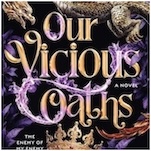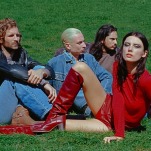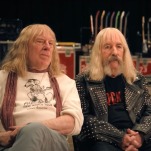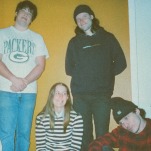Becoming Richard Pryor: Profundity and Profanity
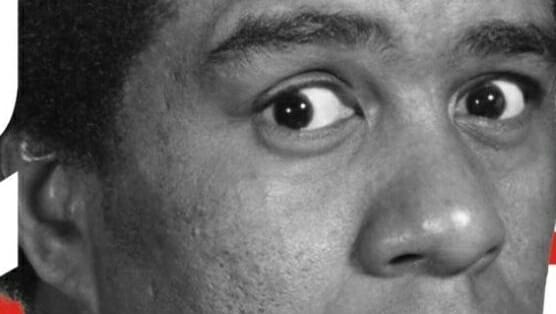
Legion are the biographies I have never finished because I couldn’t fight my way through the first thirty, or fifty, or one hundred pages, depending, of what Holden Caulfield calls in The Catcher in the Rye “where I was born, and what my lousy childhood was like, and how my parents were occupied and all before they had me, and all that David Copperfield kind of crap”: prefatory genealogy and familial back-story about the subject in question. I understand this type of information is important, necessary even, but sometimes it grinds the forward motion of a biography to a crawl before it’s even good and begun.
I am happy to report that Scott Saul’s fascinating new biography Becoming Richard Pryor avoids such a frontloaded morass. Its exploration of comedian Richard Pryor’s childhood in Peoria, Illinois, where he was primarily raised by his paternal grandmother Marie Bryant, the proprietress of several notorious Peoria brothels, is surprising and essential to what comes after. Plus, it’s really interesting to read. Did you know that Peoria, later a byword and stand-in for the entire concept of the staid, boring, hypnotized American Midwest (“If it’ll play in Peoria….”), was once, in the 1930s, the vice capital of the U.S.A.? A hotbed of gambling, prostitution, and free-flowing booze that rivaled and bested any number of other American sin cities and was once dubbed “wide open as the gateway to hell” by its hometown newspaper? Pryor’s early years coincided with the fading-away of this wide-open era in Peoria’s underground history and the official corralling of its wilder licenses, but what he witnessed there—a raw and chaotic panoply of the highs and lows of human existence that Saul refers to memorably as “confusions of love and violence”—proved to be the loam and seedbed for the great flowering of Pryor’s artistry in the mid- to late-‘70s.
It took the comedian a long time to reach his apotheosis. Saul’s biography traces Pryor’s life and development as an artist thoroughly up until his grandmother’s death in late 1978 and the release of his epochal film Live in Concert soon after in 1979; Pryor’s life after that point, mostly a protracted anticlimax beginning with his suicide attempt in 1980 and ending with his death from multiple sclerosis in 2005, is dispatched with in the book’s brief, yet revealing, epilogue. Saul’s choice to concentrate on “the shaping of a talent until it rose to the level of its full genius” yields a clear and gripping narrative that at times reads like a novel, especially in its depictions of Pryor’s many battles with network and casino censors, managers, and an ever-revolving cast of wives and mistresses as his career gained in momentum and chaos.
-

-

-

-

-

-

-

-

-

-

-

-

-

-

-

-

-

-

-

-

-

-

-

-

-

-

-

-

-

-

-

-

-

-

-

-

-

-

-

-































